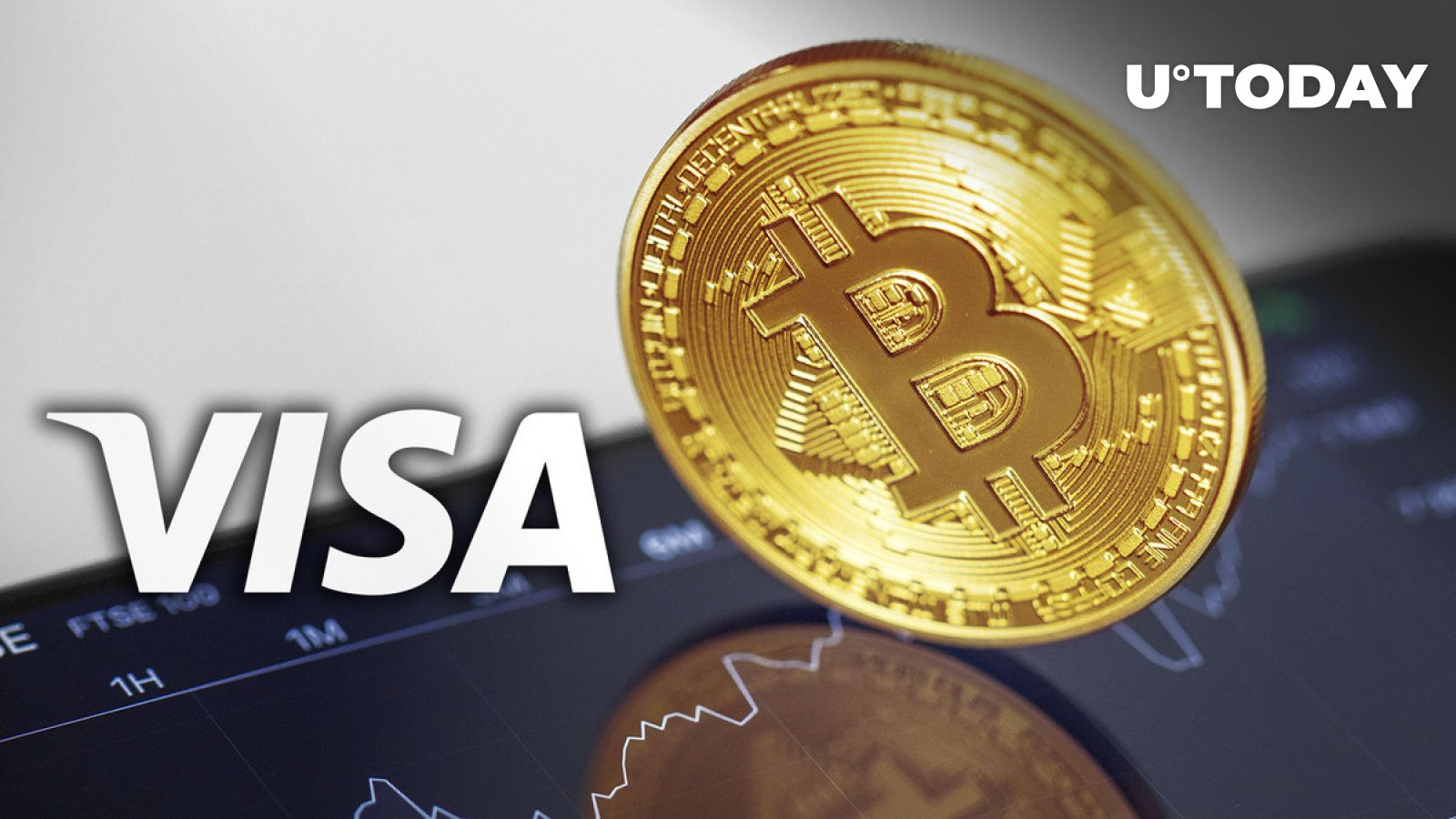Digital gold surpassing one of biggest payment networks in world
Bitcoin’s annual transaction volume has outpaced Visa. This is a significant milestone, especially when you consider that Bitcoin operates on a decentralized network and has not achieved global usage on the scale of Visa. But before popping the champagne, let’s delve into some nuances that often go unnoticed.
First off, the term “transaction volume” can be a bit misleading. In Bitcoin’s case, a large chunk of network activity in the past year came from Ordinals — a protocol that allows satoshis in the blockchain to be assigned a unique identifier and transacted with extra data like images, for example. The protocol conducts high-frequency transactions. So, while the sheer volume of transactions is impressive, it is not necessarily indicative of widespread retail use or adoption.
Now, why is it tricky to compare Visa and crypto networks like Bitcoin in terms of transactions? Well, Visa is a centralized payment system that has been around for decades, fine-tuned for consumer transactions. Bitcoin, on the other hand, is a decentralized network where transactions can represent anything from a coffee purchase to a multi-million-dollar asset transfer. The two are fundamentally different beasts, each with its own set of rules, limitations and use cases.
That said, Bitcoin surpassing Visa in transaction volume is still a momentous occasion. It is a testament to the growing influence of decentralized networks. It also raises questions about what the financial landscape could look like in the future. Could decentralized networks one day become the norm, rendering centralized systems obsolete?
As for now, full adoption of decentralized payments is not going as smoothly as crypto enthusiasts would expect. El Salvador’s experiment has clearly shown numerous weaknesses and issues the general population faces when interacting with digital payments.
